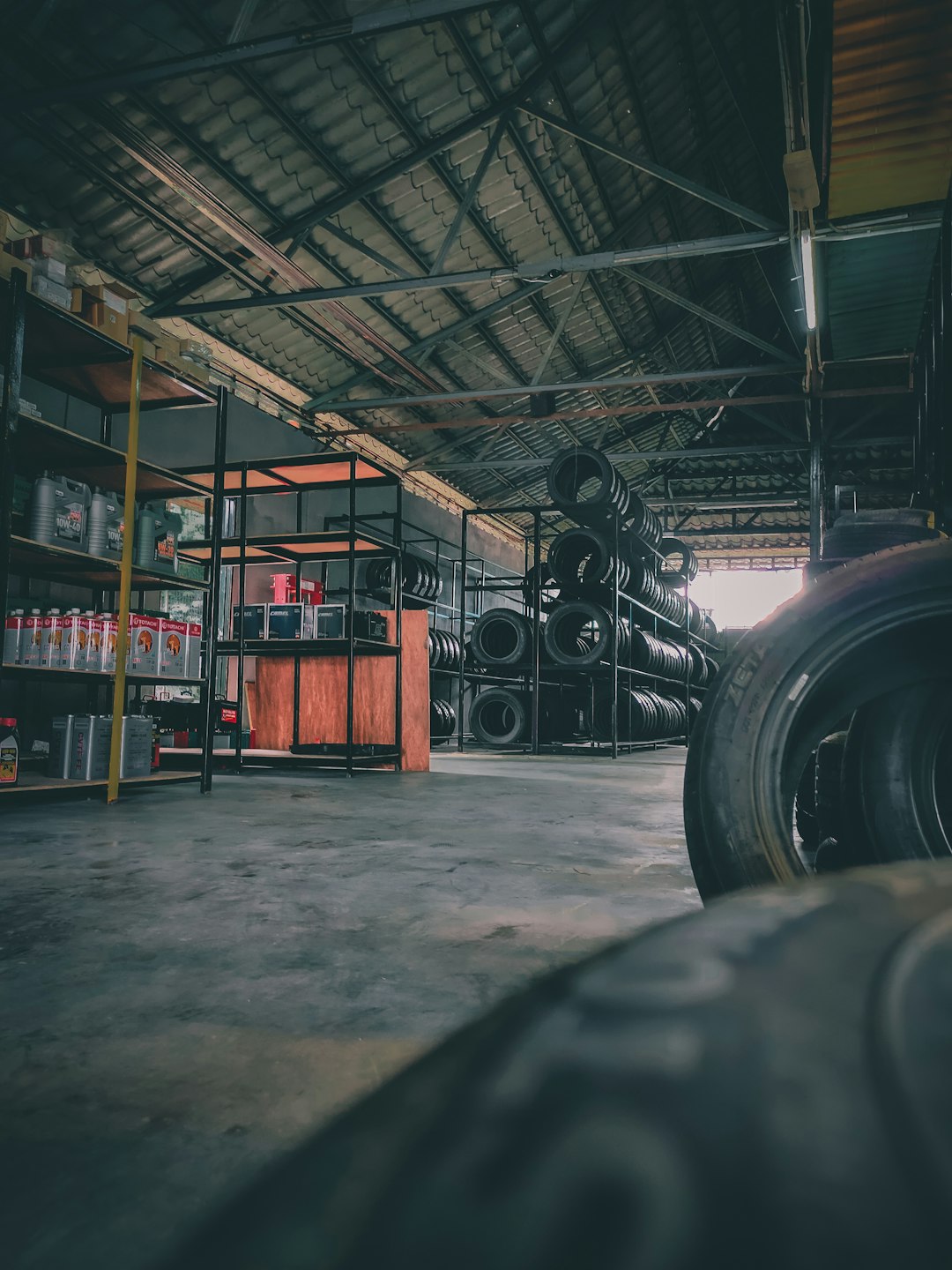In today’s globalized economy, manufacturing companies must navigate a complex web of regulations and standards in order to ensure compliance with the laws of the countries in which they operate. From environmental regulations to labor standards to product safety requirements, the world of manufacturing is fraught with potential pitfalls for companies that fail to stay abreast of the ever-changing landscape of regulations.
Navigating these complexities can be a daunting task for companies of any size, but for multinational corporations with operations in multiple countries, the challenge is even greater. To succeed in the global marketplace, manufacturers must have a keen understanding of the regulatory environment in which they operate, and a robust compliance program in place to ensure that they meet all relevant requirements.
One of the key factors driving the complexity of global manufacturing regulations is the sheer number of different standards and requirements that companies must meet. In some cases, these standards are set by national governments, while in others they are established by international bodies such as the United Nations or the World Trade Organization. In still other cases, regulations may vary from one state or province to another within a single country.
For manufacturers, this patchwork of regulations can create significant challenges. Ensuring compliance with all relevant requirements is a complex and time-consuming process, requiring companies to invest substantial resources in monitoring and understanding the regulatory environment in each of the countries in which they operate.
Another complicating factor is the rapid pace of change in the regulatory landscape. As new technologies emerge and new environmental and safety concerns come to the fore, governments around the world are constantly updating their regulations to reflect these changes. This can make it difficult for manufacturers to keep up with the latest requirements, and can result in costly compliance failures if companies inadvertently fall out of compliance with new standards.
One area in which manufacturers are facing increasing regulatory scrutiny is environmental regulation. With growing concern about climate change and the impact of industrial activity on the environment, governments around the world are imposing stricter regulations on manufacturers to limit their carbon emissions, reduce waste, and ensure compliance with environmental standards.
For multinational corporations, meeting these requirements can be particularly challenging, as regulations can vary significantly from one country to another. In some cases, companies may be required to adhere to multiple sets of regulations simultaneously, requiring them to track and report on their environmental performance in each jurisdiction in which they operate.
Labor standards are another area in which manufacturers must navigate a complex web of regulations. With growing awareness of the need to protect workers’ rights and ensure fair labor practices, governments around the world are imposing stricter requirements on manufacturers to ensure that employees are treated fairly and have access to safe working conditions.
For companies operating in multiple countries, ensuring compliance with labor standards can be particularly challenging, as regulations can vary significantly from one jurisdiction to another. Companies must be vigilant in monitoring the labor practices of their suppliers and subcontractors, and must take steps to address any violations of labor standards that come to light.
Product safety is yet another area in which manufacturers must navigate a complex regulatory landscape. With growing concern about the safety of consumer products, governments around the world are imposing stricter requirements on manufacturers to ensure that their products are safe and free from defects.
For companies manufacturing products for the global marketplace, meeting these requirements can be a significant challenge. Manufacturers must ensure that their products meet the safety standards of each country in which they are sold, and must be prepared to address any safety concerns that arise.
To navigate the complexities of global manufacturing regulations, companies must take a proactive approach to compliance. This means investing in robust compliance programs, monitoring changes in the regulatory landscape, and staying abreast of the latest developments in each jurisdiction in which they operate.
One key element of a successful compliance program is effective communication with regulators. By establishing open lines of communication with government authorities, manufacturers can ensure that they are aware of the latest regulatory requirements and can take steps to address any compliance issues that arise.
Another important element of a compliance program is training and education. Manufacturers must ensure that their employees are aware of the relevant regulations and understand their responsibilities in ensuring compliance with them. By investing in training programs and educating employees about the regulatory landscape, companies can reduce the risk of compliance failures and ensure that they are able to meet all relevant requirements.
In conclusion, navigating the complexities of global manufacturing regulations is a daunting task for companies of any size. With regulations varying from one jurisdiction to another and changing rapidly in response to new technologies and emerging concerns, manufacturers must be vigilant in monitoring the regulatory landscape and ensuring compliance with all relevant requirements.
By investing in robust compliance programs, communicating effectively with regulators, and training employees on their responsibilities, companies can reduce the risk of compliance failures and ensure that they are able to operate successfully in the global marketplace. With careful planning and a proactive approach to compliance, manufacturers can navigate the regulatory landscape with confidence and succeed in meeting the challenges of the global manufacturing industry.

